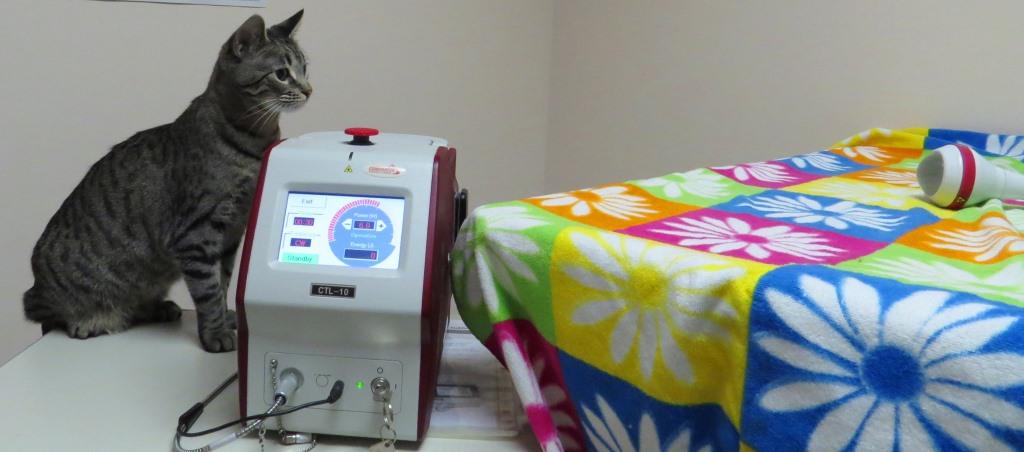As a student of veterinary medicine, one of the first things you come to accept is that cats are, well… different. Most of us had worked in clinics prior to starting vet school and owned cats ourselves so we were already aware of their staggering difference compared to dogs as a pet/companion/couch ornament/furry thing that lives in your house and you see on occasion at feeding time or for 2am cuddles; but the differences don’t stop there. First year vet school is all about basic anatomy and physiology and it’s here we discover just how unique our feline friends are.
The most obvious difference is that cats evolved as obligate carnivores meaning they consistently need meat in their diet to survive. Dogs evolved to be able to handle a lot more variety in their diet – obviously meat makes up a large portion of their ideal diet but they can get away with eating grains, vegetables, and basically being a vegetarian for quite some time and still be fairly healthy because their body can make the things they aren’t eating directly out of the basic building blocks that they are getting.
Cats can’t; they need meat. Just like humans need to eat Vitamin C (our bodies can’t make it out of other building blocks like most other mammals can), cats can’t make taurine (an essential amino acid/protein building block) and becoming deficient in it leads to cardiomyopathy (disease of the muscles of the heart) and various other problems. Their diet allowed them to be lazy in their metabolism – they were getting the nutrients directly in their diet so there was no need for them to waste energy making them internally.
Now, where does pain come into all this? The drugs we have available for long term pain control need certain pathways to be metabolised into safe by-products and be removed from the body. In cats, this doesn’t happen and so we see more side effects, adverse reactions, and the drugs are much less safe to give long term in cats than they are in dogs.
In a dog with arthritis (a source of chronic pain) our most common treatment plan involves joint supplements like glucosamine to keep the joints lubricated and protect the cartilage from wear and tear, and a pain killer – most commonly a non-steroidal anti-inflammatory (NSAID), which as it states in its name works as an anti-inflammatory. We have to monitor liver and kidney values during the long term use of NSAID’s in dogs, but as long as the dog doesn’t have a pre-existing liver or kidney problem, the drugs are tolerated quite well and can be life savers for the dog by improving their quality of life by leaps and bounds.
Most vets get nervous prescribing NSAIDs to cats for more than a few days in a row. Their lazy metabolism allows by-products of the drugs to build up and can cause some pretty nasty adverse reactions if not controlled properly. So, from all this, you can see that chronic pain in cats (like arthritis) causes a bit of a conundrum for us.
There are other classes of drugs that are useful for cats short term or for acute flare ups, and new NSAIDS are being developed to be safer for use in cats, but science just isn’t quite there yet (promising new drugs are coming out soon though, with lots of safety studies to back them up, which is very exciting!). In the meantime, here at Goldenvale we have adopted an alternative – laser pain therapy.
In most cases, what we (and our pets) perceive as pain actually stems from inflammation (swelling) and damage to the tissue cells in that particular area. The laser works as a pain therapy by directing an intense beam of light to the target tissue to reduce inflammation, and therefore, reducing pain. It can also be very helpful in stimulating the body’s own repair mechanisms to heal faster and get the tissue back to its previous strength. We can use the laser to help speed healing and reduce pain of common sprains and strains usually in just a few sessions. When using the laser to treat/manage chronic arthritis, we would usually start with an initial series of sessions a few days apart and then slowly spread out the sessions so that eventually the patient is only coming back every few weeks or months. Most patients come to enjoy their laser sessions once they get the hang of it.
We love the laser therapy, because there are no known side effects and it is a non-evasive way to provide pain relief for our patients. Now, because of the intensity of the light beam, we wear protective eye wear when using the laser machine and make sure that the pet’s eyes are protected as well, usually with a towel or just by keeping their heads facing away from the treatment area. All patients are different, and not everyone is as keen to wear the protective goggles as Beaumont!
If you think your cat (or dog) may benefit from laser therapy, please contact the front desk to schedule a consultation with one of our veterinarians.



